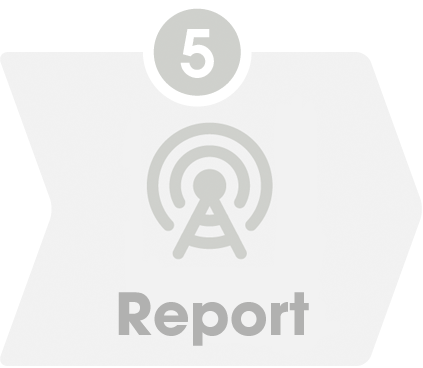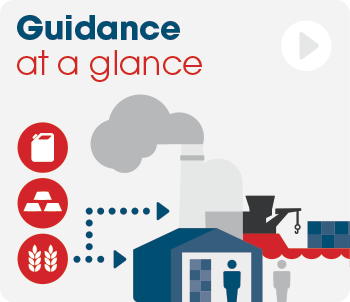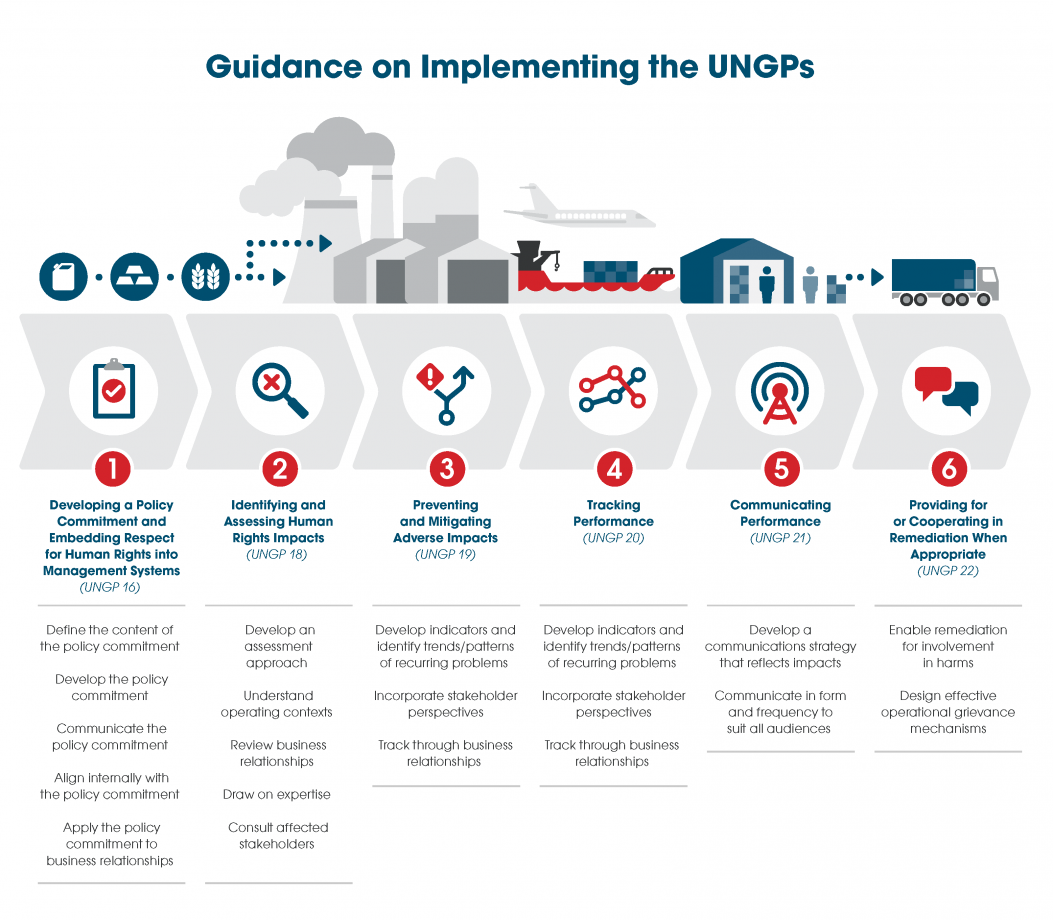Key Actions
i. Develop an assessment approach
An assessment should lead to a coherent overview and identification of actual and potential human rights impacts associated with a company’s own activities and its business relationships. The assessment should be ongoing and repeated on a regular basis, in particular when there is a significant change in activities or in the context of operations, such as:
- prior to a new activity or relationship;
- prior to major decisions or changes in the operation (e.g., origination, trading and processing of new commodities, new business relationships with service providers, a merger/acquisition that brings new products and services to the enterprise);
- in response to or in anticipation of any contextual changes (e.g., rising social tensions in the countries where commodities originate); and
- periodically throughout the life of an activity or relationship.
UNGP 18 Commentary
...Because human rights situations are dynamic, assessments of human rights impacts should be undertaken at regular intervals: prior to a new activity or relationship; prior to major decisions or changes in the operation (e.g. market entry, product launch, policy change, or wider changes to the business); in response to or anticipation of changes in the operating environment (e.g. rising social tensions); and periodically throughout the life of an activity or relationship...
Some companies develop stand-alone processes and internal capacity to identify and assess their human rights impacts. Others integrate human rights considerations into existing risk management systems and processes (e.g. health, environmental or social impact assessments, ‘Know Your Customer’ - KYC processes etc.). Others seek external expertise in undertaking human rights assessments of suppliers. These assessments are based on publicly available data, NGO reports, governmental and legal documents as well as ‘on-the-ground’ assessments in some cases.
In the context of commodity trading, company departments involved in activities such as compliance, auditing and security assessments would provide helpful information and help build shared responsibility for addressing current and potential human rights impacts.
See the Additional Resources section of this website for more information on industry initiatives.
Whatever approach is used, it is critical that the assessment process should focus “beyond simply identifying and managing material risks to the company itself to include risks to rights-holders” (UNGP 17). Engaging directly and meaningfully with a range of stakeholders is an important part of ensuring that the company is fully considering all of the human rights implications of its activities (see further discussion on consultation with affected stakeholders in Stage 2, v. Consult affected stakeholders).
Companies cannot “pick and choose” the human rights impact they would like to assess. They can and should prioritise and address the risks where severity of impacts is greatest (most salient impacts) and impacts with which they are most likely to be involved. See UNGPs Reporting Framework in Stage 5 ii. Communicate how impacts are addressed.
















